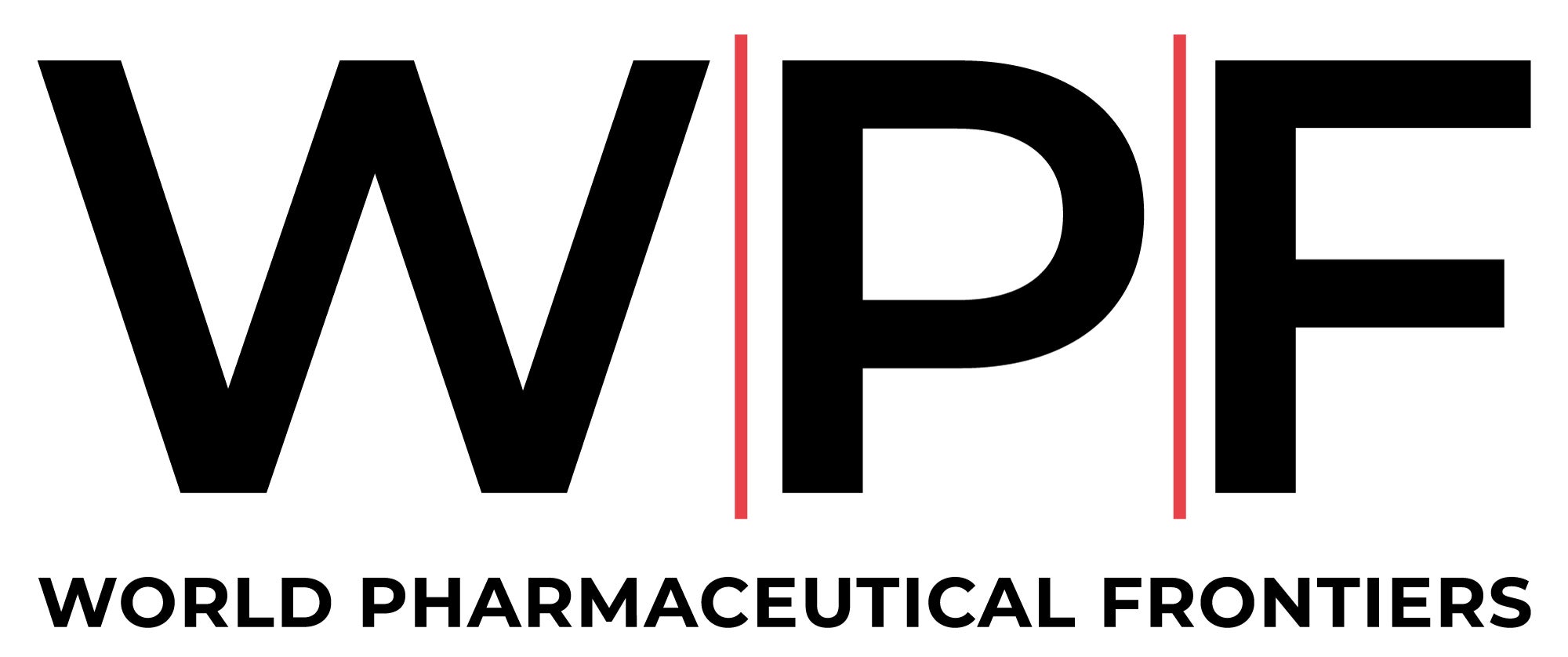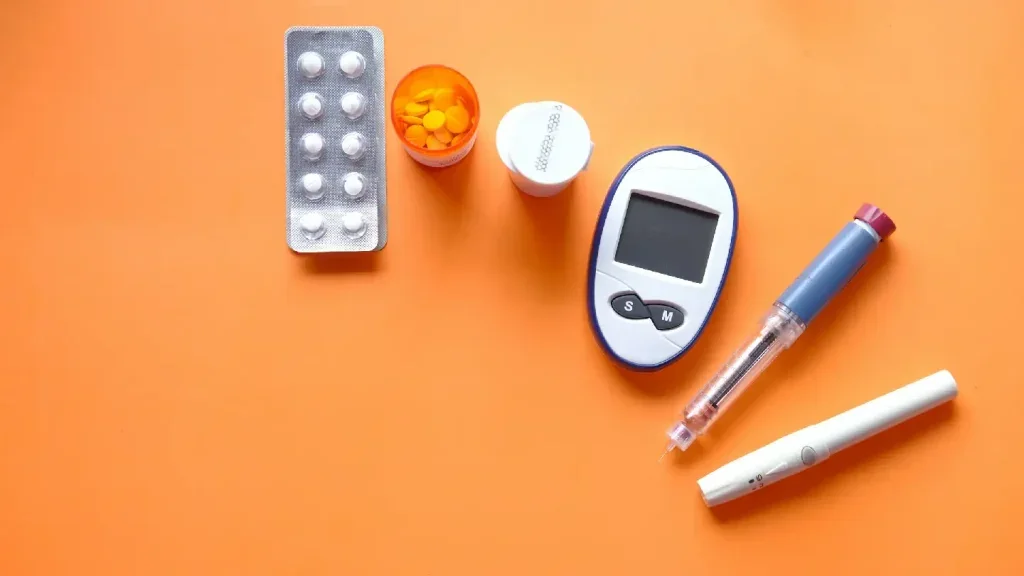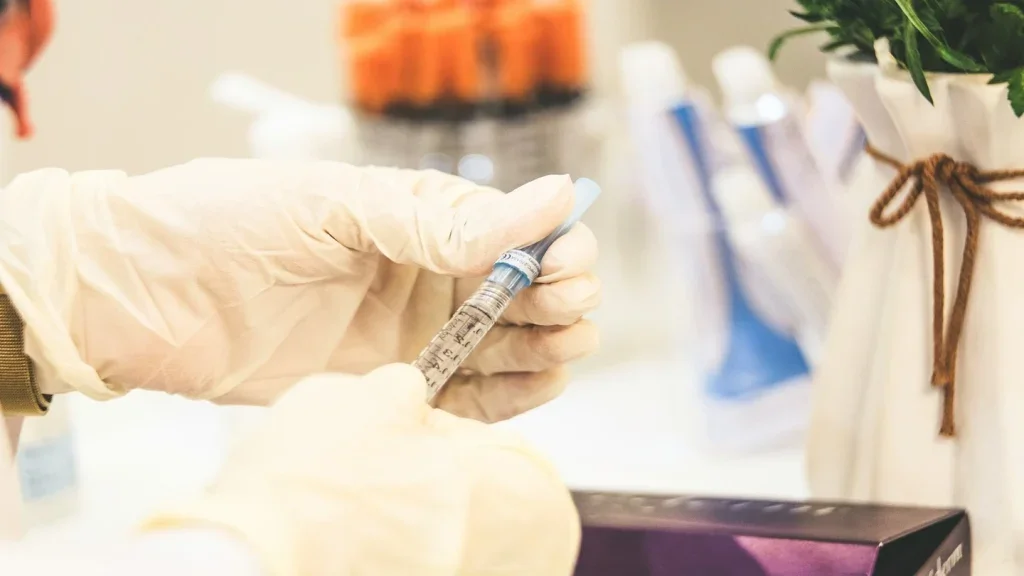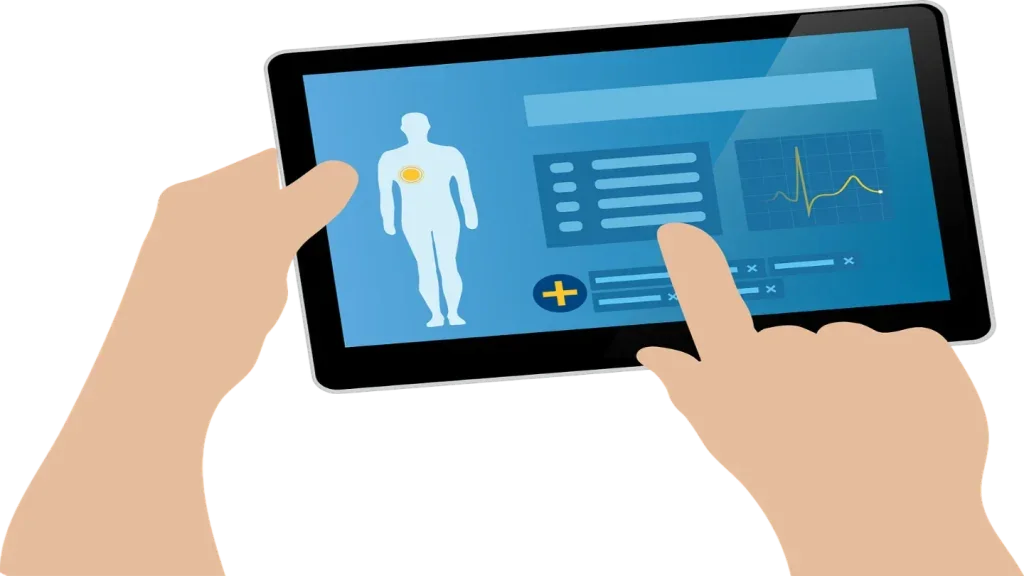All articles by Ky Nikitha
Reverse engineered
Developing end-to-end visibility of the supply chain is imperative, particularly when trying to implement a lean model. Reverse logistics isn’t new, but there has been a recent drive to look at the flip side of logistics in order to maximise efficiencies. Abi Millar speaks to Perry Fri, vice-president of industry relations, membership and education for the Healthcare Distribution Alliance, about the potential of reverse logistics to optimise supply chain processes while reducing unforeseen costs.
Horizon scanning
Even before the EU’s 2011 Falsified Medicines Directive, serialisation was a key concern for commercial pharmaceuticals. Now, with the launch of an industry-backed global standard for labelling and identifying investigational products, the clinical supply chain is finally aligning with its more public-facing counterpart. Isabel Ellis speaks with Tania Snioch, healthcare director at GS1, about how standardising labels can streamline medical research.
Time to switch?
In clinical practice, electronic medical records adoption has rapidly increased over recent years. However, the use of electronic patient-reported outcomes has not been as readily implemented in clinical trials. Louise Thomas speaks with Kevin Crawford, associate director of clinical operations at Tenax Therapeutics, and Derek Kyte, lecturer in health research methods at the University of Birmingham, about the benefits and challenges of using them.
Profit from prophesy
When it comes to clinical trials, it is inherently difficult to produce an accurate forecast, requiring maximal flexibility while ensuring that budgets are not exceeded. Although it is impossible to prepare for all potential scenarios, a strategic approach can minimise the chances of problems derailing the trial. Emma Green speaks to Danny Lee, associate director of clinical supply at Alkahest, about the key considerations when making a forecast.
In the spotlight
In light of the increasingly recognised importance of patient-centric approaches, there is a need to consider how packaging fits into this model. This can help to maximise patient adherence and reduce trial drop-out rates. Craig Scott, director of Greensand, talks to Emma Green about best practices when incorporating patient needs into packaging.
A world of opportunity
By 2020, emerging markets are expected to account for 25% of global clinical trials, as cheaper rates, patient availability and lifestyle changes open up valuable research opportunities. Will Moffitt looks at the exciting possibilities of working in developing nations, and some of the pitfalls.
Sourcing comparators: a piece of cake?
The use of comparator drugs is growing all the time, but they add another layer of complexity to the process of carrying out a clinical trial. Sourcing comparator drugs requires trial sponsors to make a number of difficult choices. Kim Thomas considers the options.
Risk and reward
With the FDA’s adoption of the newly updated international guidelines for good clinical practice in early 2018, this is the first full year in which the world’s clinical trials will be inspected against the updated regulations. Isabel Ellis talks to Elizabeth Bodi, of Halloran Consulting Group, about the key aspects of the transition to the new risk-based framework.
Implications of policy 0070
Julia Forjanic Klapproth, of Trilogy Writing & Consulting, and Jo Anne-Marie Blyskal, from Teva Pharmaceuticals, take a detailed look at the implications that policy 0070 transparency requirements will have on clinical dossiers – and what this means for those preparing them.
Learn to adapt
Machine learning provides the ability to gain real-time insights and predictive information from trials. This technology can be leveraged to prevent study risks, ensure timely clinical trial supply and better manage resources. Yuri Martina, vice-president of clinical operations at Grünenthal, speaks to Emma Green about how to implement this technology to maximise these benefits.







